Like the schools, the 2023 Guinness Six Nations is having a February midterm break. But so breathless and breathtaking were the opening two rounds that pretty much everyone involved, be it players, coaches, spectators or viewers, the sport’s oldest international Championship needed a respite.
Three away wins in the opening round was a first, if followed by three home wins, and it’s been better than could have been dared to hope. Then again in addition to containing the world’s top two sides, (who served up a match befitting its status last week in the Aviva), this year’s Six Nations does contain four of the world’s top six sides. So perhaps we shouldn’t have been that surprised.
The officiating has been sharper, and with less pre-lineout huddles and time restrictions on kicks, there has been more ball in play time.
[ Sign up for our new weekly rugby newsletter from Gerry Thornley Opens in new window ]
It has helped that Ireland’s fearless ambition has been matched by a buoyant Scotland and a rejuvenated Italy, who could well have Paolo Garbisi back for Ireland’s potentially tricky third-round tie in Rome.
READ MORE
Bearing in mind Ireland still have to play their kindred spirits Scotland, and then have a six-day turnaround before hosting England, all the plaudits from abroad along with being odds-on to complete a Grand Slam sits a tad uncomfortably. After all, they’ve only ever won three in 127 years of trying, and never have completed one in Dublin.
But either way, this is shaping up to be one of the great Six Nations, and perhaps with a grand ending too.
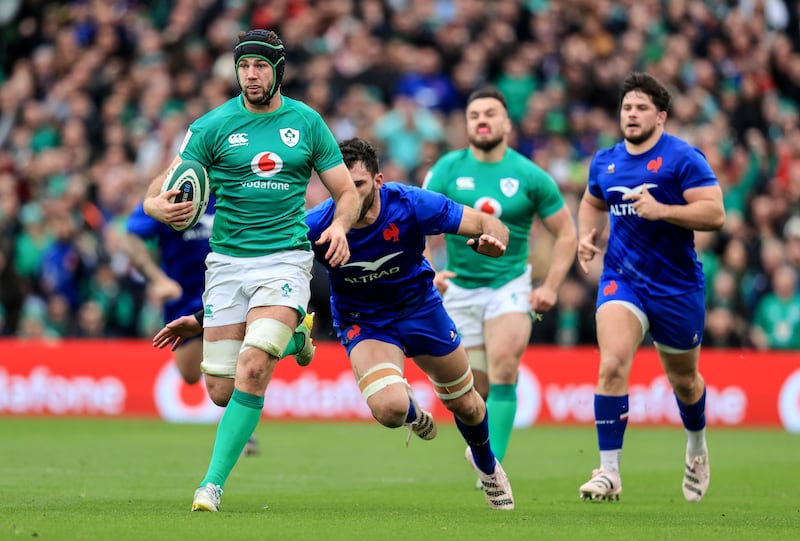
Ireland
P2, W2, PF 66, PA 29. PD +37, Tries 8-2. TB 2, LB 0, Pts 10.
Performances so far
Ended the Cardiff hoodoo and then ticked the only empty box in the Andy Farrell era when beating France. Hence, in winning nine of their last 10 Six Nations games, Ireland’s last six victories have all been with attacking bonus points.
Plusses
Pretty much everything really. The scrum, of which there have been few (thanks to the quality of Ireland’s handling), has been rock solid and ditto the lineouts, save for three wobbles against France. The defence has restricted both Wales and France to just one try apiece, and the breakdown has ensured generally rapid-fire ball.
The variety in attack has been matched by their multi-optional, multipurpose kicking game and their overall smartness.
Quick out of the blocks, the fitness has been through the roof, with multiphase bonus-point tries inside the last 10 minutes. The voids left by four injured ever-presents in the series win over the All Blacks have been seamlessly filled, while Caelan Doris, James Ryan, Garry Ringrose and Hugo Keenan have been outstanding.
Work-ons
They did miss 38 tackles (for a 79.5 per cent success rate) against France and in being held up over the line four times, as well as leaving other chances behind, they could have been more clinical.
After conceding just two tries and registering two bonus-point wins, that’s not a bad place to be.
Results so far: W 34-10 v Wales (a); W 32-19 v France (h).
Remaining fixtures – Saturday, February 25th: v Italy, Stadio Olimpico, Rome (3.15pm local time/2.15pm Irish). Sunday, March 12th: v Scotland, Murrayfield (3pm). Saturday, March 18th: v England, Aviva Stadium (5pm).
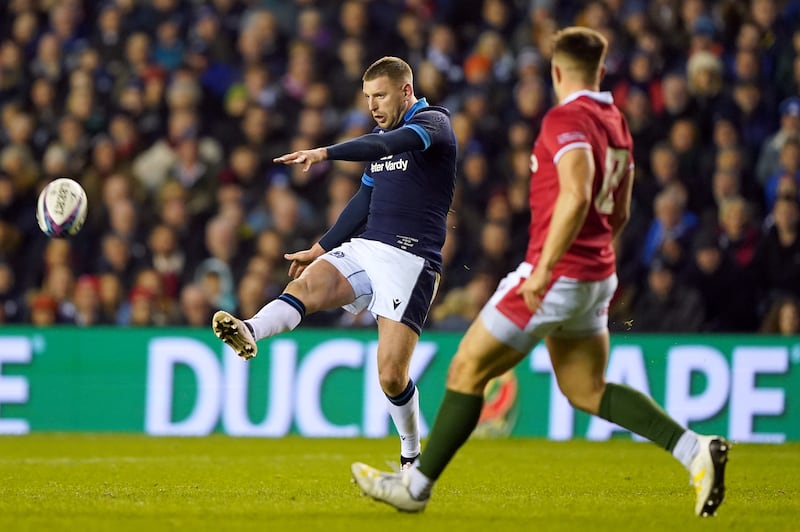
Scotland
P2, W2, PF 64, PA 30, PD +34, Tries 9-4, TB 2, LB 0, Pts 10.
Performances so far
Sparked by one of the Championship’s greatest individual tries, and completed by an arguably even better team try, Scotland beat England for the third year in a row and then removed a monkey off their backs with a convincing first win over Wales in three years to register two wins from the first two rounds for the first time since 1996.
Plusses
The Finn Russell-inspired attack has been generating most of the plaudits and understandably so, given his three try assists last week and the variety of their nine tries. They can score from deep better than anyone, and in the Sione Tuipulotu-Huw Davies combo, Gregor Townsend has hit upon perhaps his best midfield. They’ve also been the most clinical in the opposition 22, averaging four points from their 15 visits.
But they’ve actually made both the least passes and offloads of any side, while their defence – with Matt Fagerson the leading tackler (45) over the first two rounds – has missed the least number of tackles, by a distance. They’ve stolen the most lineouts (four).
Work-ons
In truth, Scotland have come vibrantly to life after unexceptional first-half performances, a trait that they can ill-afford in their upcoming acid tests against France and Ireland.
Results so far: W 29-23 v England (a); W 35-7 v Wales (h).
Remaining fixtures – Sunday, February 26th: v France, Stade de France (kick-off 4pm local time/3pm Irish). Sunday, March 12th: Ireland. Murrayfield (kick-off 3pm). Saturday, March 18th: v Italy, Murrayfield (12.30pm).
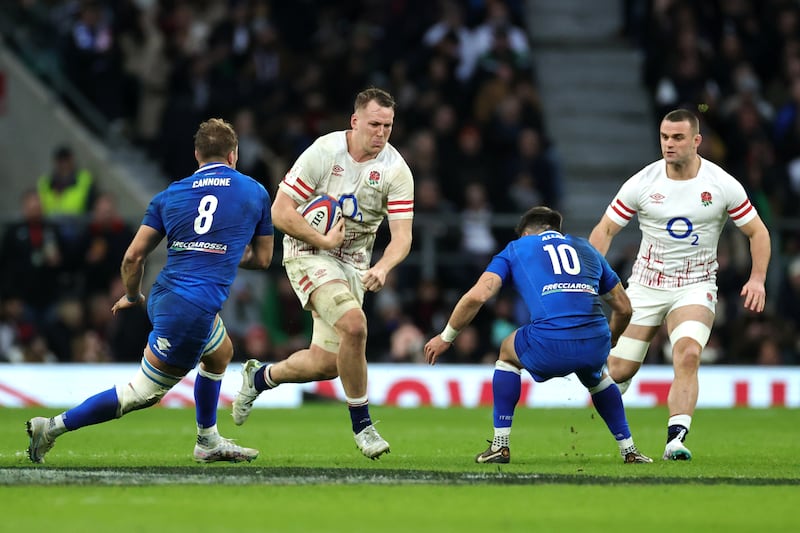
England
P2, W1, L1, PF 54, PA 43, PD +11, Tries 8-6, TB 1, LB 1, Pts 6.
Performances so far
Under the new Steve Borthwick broom, England lost at home to an inspired Scotland before abandoning the much-debated Marcus Smith-Owen Farrell 10-12 combination at home to Italy – as some of us expected he might do from the outset.
“England are going to kick the leather off the ball,” Jerry Flannery forewarned RTÉ viewers before the game, perhaps with some insider knowledge from the Harlequins and England attack coach Nick Evans, and so it came to pass.
They turned the screw with their scrum and lineout maul, and by constantly finding grass in the Italian backfield. It looks like their template from now on.
Plusses
The aforementioned lineout maul and the hard carrying of Alex Dombrandt in a powerful pack, in addition to reverting to a specialist inside centre in Ollie Lawrence, who made 83 metres from 11 carries against Italy.
Work-ons
Their attack has been relatively limited and against Italy they kicked away prime attacking ball in a fairly prescriptive way. They’ll surely evolve.
As was reaffirmed against Scotland, England have seemingly forgotten how to win tight games. But presuming that Kevin Sinfield will have an increasing effect on their defence, if round one was probably the best time to meet them, round five could be the toughest.
Results so far: L 23-29 v Scotland (h); W 31-14 v Italy (h).
Remaining fixtures – Saturday, Feb 25th: v Wales, Principality Stadium (4.35pm). Saturday, March 11th: v France, Twickenham (4.45pm). Saturday, March 18th: v Ireland, Aviva Stadium (5pm).
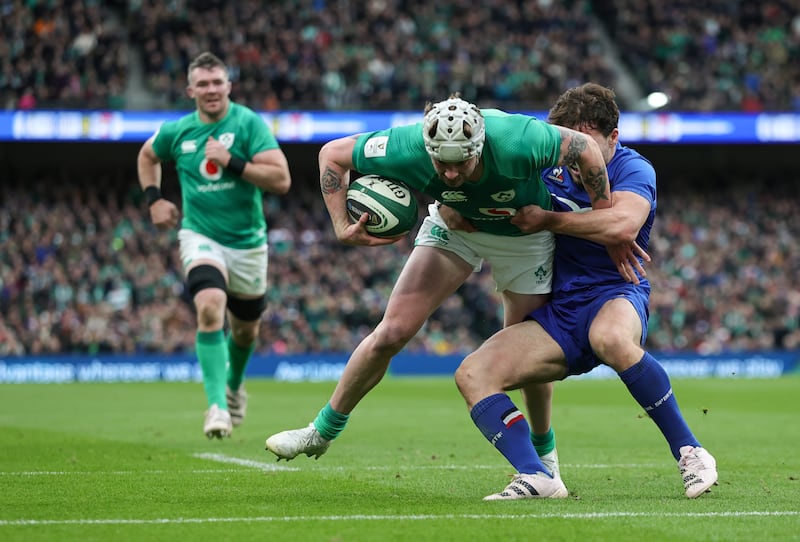
France
P2, W1, L1, PF 48, PA 56, PD -8, Tries 5-6, TB 1, LB 0, Pts 5.
Performances so far
Given a helping hand by Italy in accumulating a commanding 19-6 lead before the half-hour mark, thereafter they looked a little flat and were a little fortunate to win.
Against Ireland, they conjured one typical French try and defended magnificently at times. But two poor exits led to two Irish tries and by the end, they were fairly well beaten in seeing their run of 14 wins come to an end.
Plusses
France always have game breakers and the individualism of Damian Penaud, Ethan Dumortier and Antoine Dupont kept them in the game last week, and Thomas Ramos’s goal-kicking has been pretty good.
Work-ons
Uni Atonio and Paul Willemse have looked a little ponderous, their backrow comprises three similar 6s cum 8s (what has happened to Gregory Alldritt?), their midfield lacks a reference point and distributor, and they lack a vintage French fullback – à la the French-born and reared Ange Capuozzo. Only Wales have had a poorer return from visits to the opposition 22.
But they’ll be a wounded beast when hosting the Scots. Perhaps a little sated by last year’s Grand Chelem, they have their eyes on a bigger prize on home soil later in the year, when their players won’t be as weary from club commitments.
A fascinating case study. As ever.
Results so far: W 29-24 v Italy (a); L 19-32 v Ireland (a).
Remaining fixtures – Sunday, February 26th: v Scotland, Stade de France (4pm local time/3pm Irish). Saturday, March 11th: v England, Twickenham (4.45pm). Saturday, March 18th: v Wales, Stade de France (3.45pm local time/2.45pm Irish).

Italy
P2, L2, PF 38, PA 60, PD -22, TB 0, LB 1, Pts 1.
Performances so far
Shot themselves in the foot against France with poor exits and errors, leaving them with a proverbial mountain to climb, but they nearly scaled it. Difficulties in covering the backfield and defensive maul were exposed in Twickenham. But where before Italians teams might have been put to the sword, they again rallied to come within two scores entering the last quarter.
Plusses
Ange Capuozzo. The 23-year-old has been a breath of fresh air since marking his debut off the bench against Scotland in round four last year with two tries, and on joining Toulouse, there’s been ne’er a hint of Second Season Syndrome.
He lit the blue touch paper in both second halves for the Azzurri. He seems to float on air, has a wicked step, witness standing up Alldritt for that try, and times his late runs on to the ball that he is fiendishly difficult to read.
Work-ons
Their lineout maul defence and scrum (which conceded five penalties in Twickenham) looks a ready-made target without improvement, and their ambition is admirable, but do they really need to play so much rugby in their own half? They’ve had the least territory and played the most rugby in their own half, by some way.
Results so far: L 24-29 v France (h); L 14-31 v England (a).
Remaining fixtures – Saturday February 25th: v Ireland, Stadio Olimpico (3.15pm local time/ 2.15pm Irish). Saturday, March 11th: v Wales, Stadio Olimpico (3.15pm local time/2.15pm Irish). Saturday, March 18th: v Scotland, Murrayfield (12.30pm).
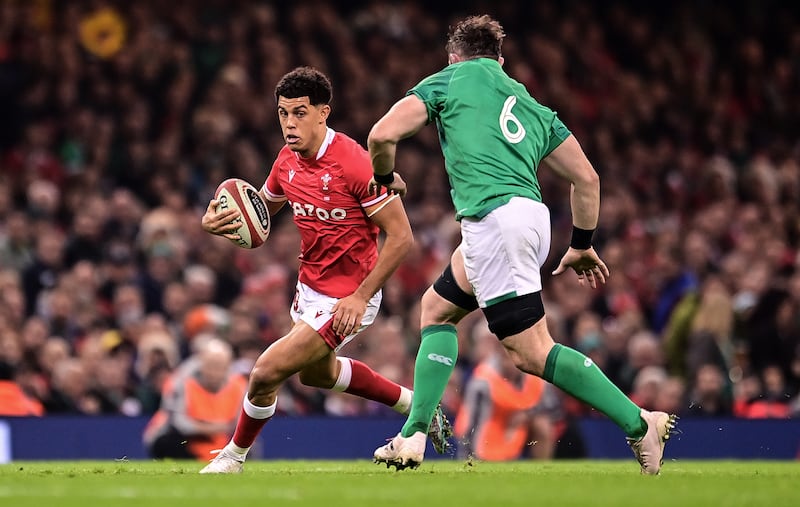
Wales
P2, L2, PF 17, PA 69, PD -52, Tries 2-9, TB 0, LB 0, Pts 0.
Performances so far
The hope generated by Warren Gatland’s return has been dissipated by two heavy defeats and increasing turmoil off the pitch which has left many of their players unsure of their futures beyond this season. They were put in their place by Ireland’s ruthless start in Cardiff and folded in the face of Scotland’s second-half onslaught.
Plusses
Showed typical spirit in the face of adversity against Ireland and the infusion of their young guns energised their pack in Murrayfield. Had Dan Biggar connected with the raw but promising Rio Dyer, they might have led at half-time.
Work-ons
Where to start? One ventures that Gatland didn’t fully appreciate the scale of his task until now. They’ve missed the most tackles of anybody, and have looked bereft of creativity, lineout malfunctions contributing to them registering just three scores at less than a point a time from 24 visits to the opposition 22.
Not for the first time, England in Cardiff looks like their chance to salvage something meaningful. Otherwise, they’ll head to a more inventive and spirited Italy with a big wooden spoon target on their backs, and a potentially grim last day visit to Paris.
Results so far: L 10-34 v Ireland (h); L 7-35 v Scotland (a).
Remaining fixtures – Saturday February 25th: v England, Principality Stadium (4.45pm). Saturday, March 11th: v Italy, Stadio Olimpico (3.15pm local time/2.15pm Irish). Saturday, March 18th: v France, Stade de France (3.45pm local time/2.45pm Irish).
If you want all the angles on this year’s Six Nations, sign up for The Counter Ruck, our new weekly rugby newsletter from Gerry Thornley.














